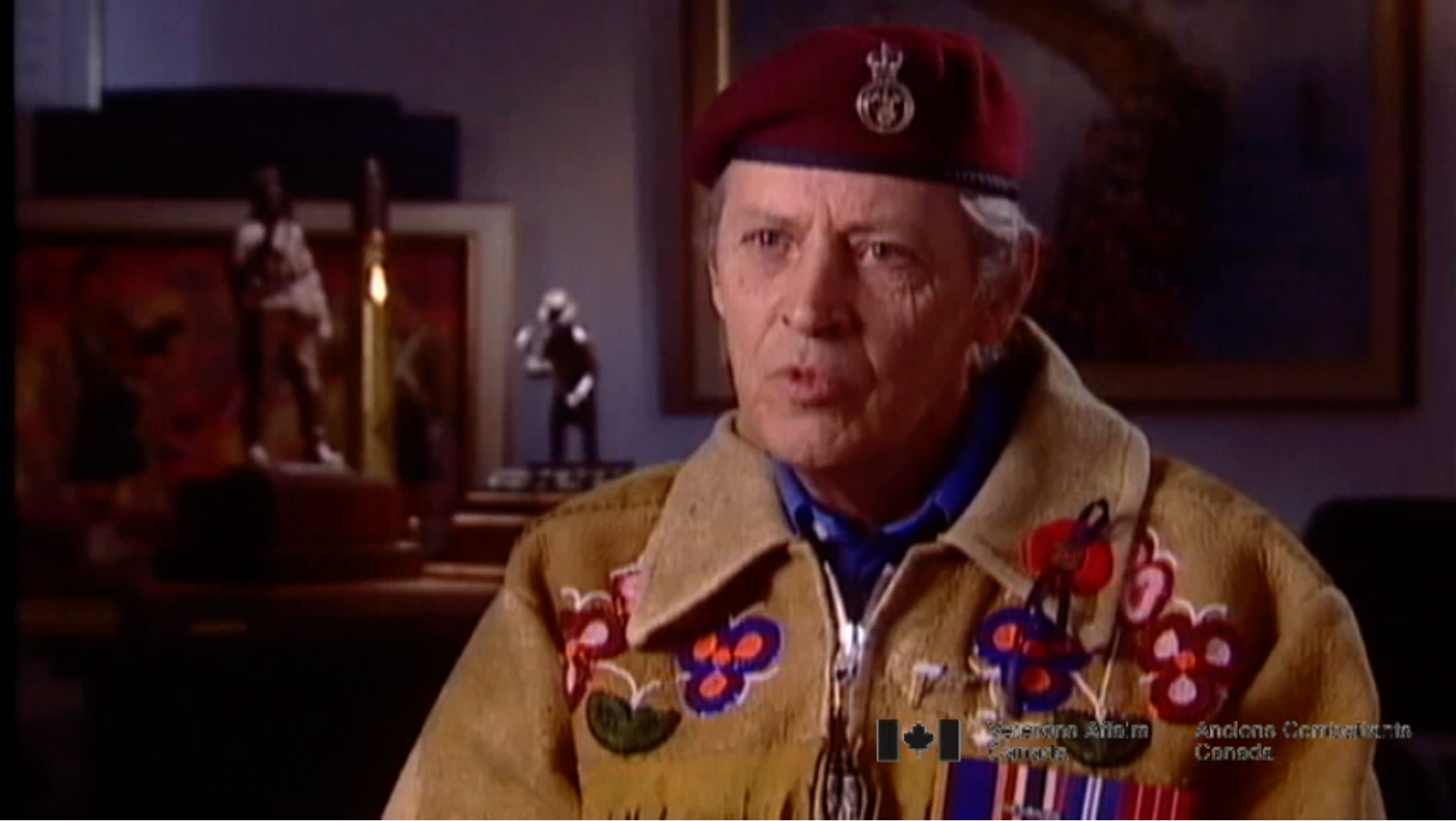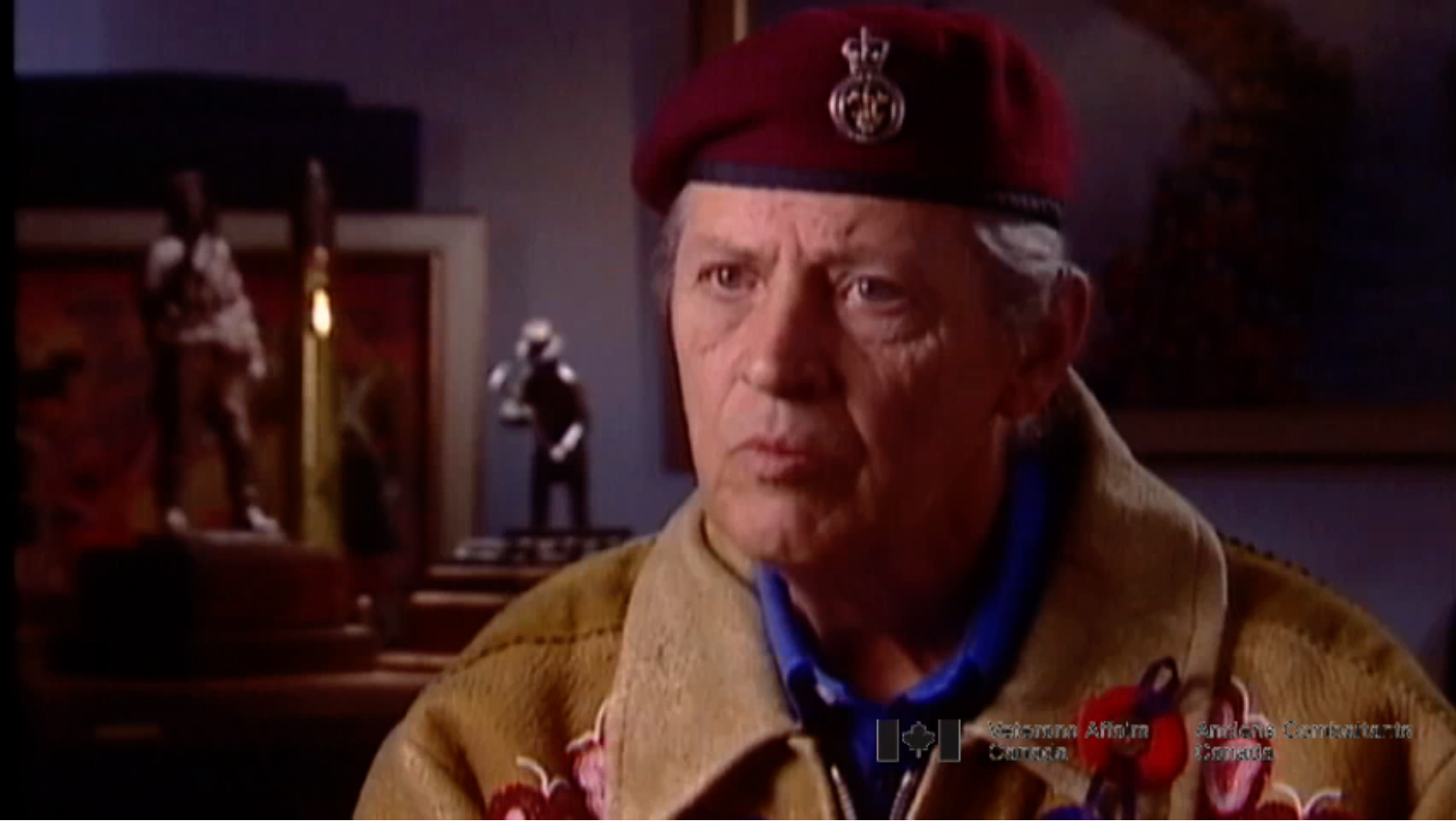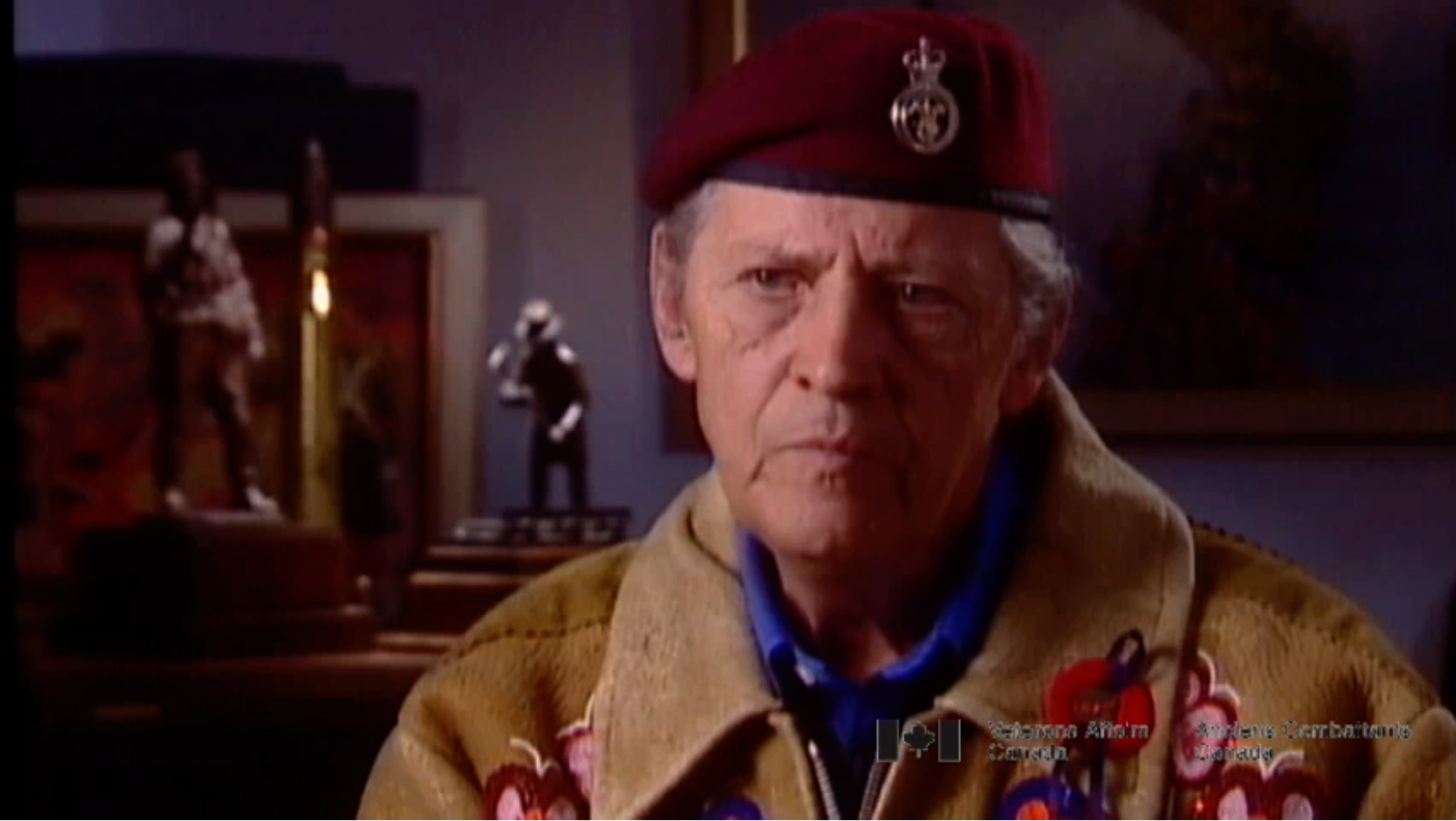Aboriginal Spiritual Journey
Heroes Remember
Aboriginal Spiritual Journey
Transcript
that our communities learned that we served.
We served with dignity, and we were bringing back our warriors, the spirits of our warriors, back home where they belong and that was the blessing. And I was so honoured and I thank Veterans Affairs and I thank Indian Northern Affairs, for allowing our people to do this, our Nations. And I'm so humbled by that.Description
Mr. Borchert recalls how the Aboriginal Spiritual Journey was conceived, and how it was important in order to bring the spirit of fallen warriors home.
Ed Borchert
Mr. Borchert was born in 1944, in Red Deer, Alberta. In 1964, Mr Borchert joined the Forces at Currie Barracks in Calgary and became a member of the Princess Patricia's Canadian Light Infantry (PPCLI).Throughout his 31 years of service, Mr. Borchert served overseas and in every province in Canada. He remains very proud of his service, and appreciative toward the Canadian military for the opportunities it provided him.Mr. Borchert ended his career as the Regimental Major of the PPCLI and began fighting for Veterans rights. Today he holds the position of president of the National Metis Veterans Association campaigning and working for his people to gain recognition and benefits for their military service to Canada.
Meta Data
- Medium:
- Video
- Owner:
- Veterans Affairs Canada
- Duration:
- 7:33
- Person Interviewed:
- Ed Borchert
- Branch:
- Army
- Units/Ship:
- Princess Patricia's Canadian Light Infantry (PPCLI)
- Rank:
- Major
Related Videos
- Date modified:









